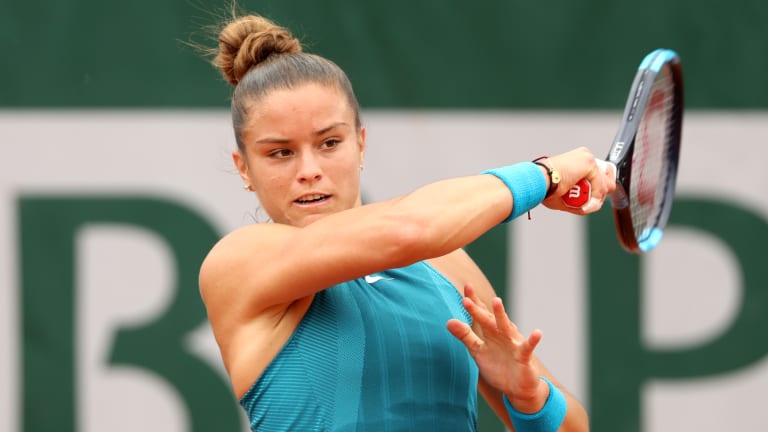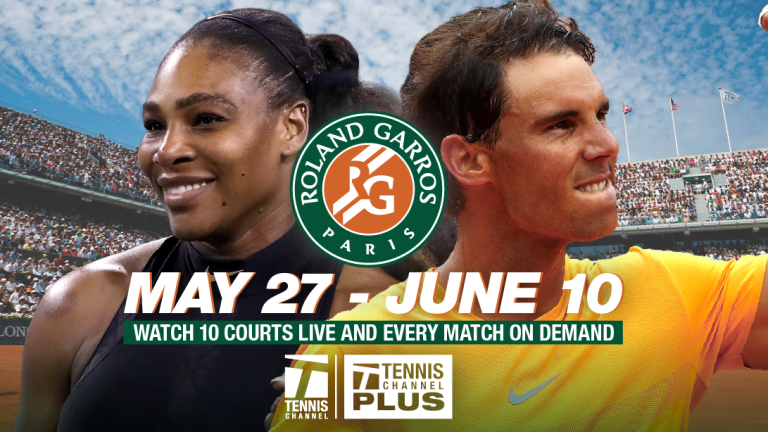PARIS—It was now all about the fight. It hadn’t started that way on Court 18, but as usually happens in a tennis match, it was about to end that way.
Never mind that 14th-seeded Daria Kasatkina was the favorite versus 38th-ranked Maria Sakkari in this third-round matchup. Never mind that if you sized up these two, it was clear that like the vast majority of tennis players, Sakkari was at heart a ball-striker, her game grounded in disciplined composition and the belief that a tennis court was fundamentally a rectangle.
But Kasatkina has more. The 20-year-old Russian is a problem-solver, perhaps eventually one of the highest realm, able not just to hit the ball but also to see the court, conceive height, angle, spin, pace—tennis in her eyes a parallelogram of possibilities. From childhood, Kasatkina had not just studied strokes. She had carefully assessed opponents, was annoyingly adept at helping them become accomplices in their own demise with subtle disruptions to their contact point and her own brand of firepower.
Kasatkina-Sakkari was the first match of the day, an 11:00 a.m. start to an overcast morning perfect for viewing tennis. It also happened to be the commencement of the tournament’s pivot point. The first Friday of a major represents a delightful transition; for some, the beginning of end, but for the victors, the end of the beginning. As the first week draws to a close, it’s clear that act one of the three that comprise a Slam will soon end. By nightfall on Friday and Saturday, the third round will be over. We’ll have arrived at act two, the thick part of the tale that in time rampages through to the grand coda.

